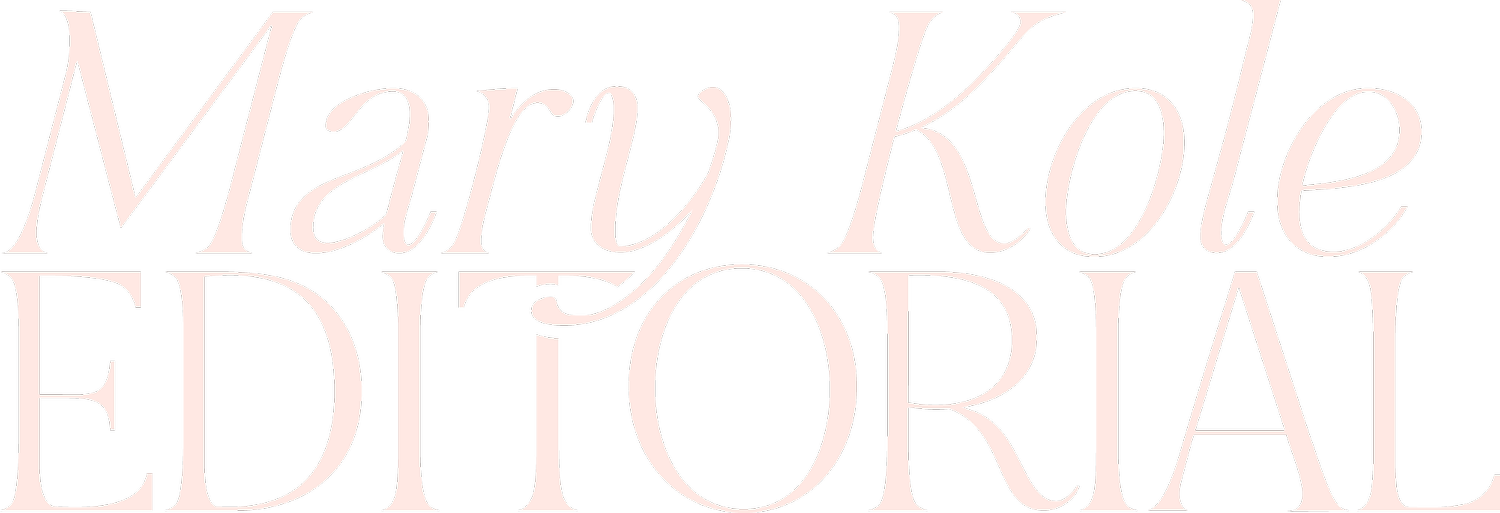Book Submission Package Secrets
By Mary Kole
Mary Kole is a former literary agent, freelance editor, writing teacher, author of Writing Irresistible Kidlit, and IP developer for major publishers, with over a decade in the publishing industry.
As an aspiring writer, you have probably spent months, if not years, working on your novel or memoir manuscript. You have meticulously crafted your story outline, developed your characters, and made sure the plot is as tight and engaging as possible. Now, it's time for the next step: submitting your manuscript to literary agents and traditional publishers. The submission package is your first chance to make a good impression in the slush pile, and the stakes are high to get it right. In this article, I’ll explore everything you need to know about crafting the perfect submission package for your fiction or creative nonfiction manuscript. I’m a former literary agent, so I know exactly what I’m talking about.
What Is a Submission Package?
A submission package is a collection of materials that writers send to literary agents and publishers. It’s the way you present your work to the larger publishing industry, and it typically includes a query letter, synopsis, and the first ten pages or three chapters of your manuscript. The goal is to entice the agent or acquiring editor to read your full manuscript and consider representing or publishing it.
Ingredients of the Submission Package
The submission package should be tailored to each agent or publisher you're considering, according to the submission guidelines that each gatekeeper has set forth. However, there are some specific ingredients that are consistent across any submission package. These include:
Query letter: A brief introduction to your novel pitch and yourself. The query letter should be engaging, concise, and include a logline and query meat that makes the agent or publisher want to read on. You’ll also want to include some comp titles and an author bio about yourself to round out this document.
Synopsis: A summary of the entire novel, including the ending and any twists or reveals that you’ve worked into your story climax. The synopsis should be no longer than one or two pages, depending on individual submission guidelines. (Frustratingly, these vary widely.)
Writing sample: The length of the writing sample can vary depending on the agent or publisher's guidelines, but typically includes the first ten pages, three chapters, or roughly 50 pages, copied and pasted into the email or submission form (don’t worry so much about preserving manuscript formatting here).
Agents and publishers are extremely busy individuals, and they receive hundreds if not thousands of unsolicited submissions each year. As a result, it's essential to follow their submission guidelines to the letter. This includes submission format, manuscript length, and the number of pages that you will send. Failure to follow the guidelines can often result in your submission being rejected without being read. Most submission package instructions clearly state that you should only send to a specific email address or submission tracker form. Do not send to other email addresses that you might find online for the same individual. In 99.99% of cases, you will also need to follow the rule of NO ATTACHMENTS.
How to Combine Character and Plot in a Submission Package
The submission package should showcase your ability to craft compelling characters and an engaging plot. This can be done by drafting a synopsis that highlights the key plot points and by introducing your protagonist in the query letter.
It can also be helpful to show some room for character development or a relatable character moment early on in the sample chapters. A clear and concise summary of your protagonist's objective, motivation, character need, and goals should illustrate the character's growth arc.
Finally, you’ll always want to mention query logistics such as the project’s genre, target audience, novel word count, and title. These details will help the evaluator know where to place your book idea in the larger publishing market, and decide quickly whether or not they’re interested.
Common Mistakes Writers Make with a Submission Package
The submission package is a writer's chance to make a good impression, but many aspiring writers make common mistakes that can lead to writing rejection. Here are some of the most common submission package mistakes:
Sloppy pages: Agents and publishers are looking for writers who take their craft seriously. Sloppy errors or typos in the manuscript or query letter can quickly lead to rejection. Make sure that you’ve revised your manuscript many times, and that you have done a final proofreading round or hired a professional proofreader.
Straying from the guidelines: Failing to follow the submission guidelines can show a lack of professionalism and hurt your chances.
Overcomplicating the story: The query letter and synopsis should be straightforward, highlighting the key plot points and characters. Overcomplicating the synopsis can lead to confusion and disinterest. Give readers only what they need to know to understand the main core of the story, including your themes.
Before submitting your manuscript, always check the submission guidelines for each agent or publisher. Every agent and publisher has specific requirements and failing to adhere to those guidelines can impact your chances of success. Make sure to read and re-read the guidelines, so you don't miss any essential details. Sometimes you’ll find that a specific gatekeeper has closed to submissions just as you’re ready to submit, which can be frustrating. However, you may always have another chance to circle back around to them.
Crafting the perfect submission package is essential to increasing your chances of securing representation or publishing your work. Be sure to take the time to tailor your submission package to each agent or publisher you're considering, follow submission guidelines to the letter, and create a cohesive submission package that showcases your writing skills. With the right approach, you can take the next step in your writing career and get your work seriously considered by important decision-makers.

Click here to purchase Irresistible Query Letters, my book on query letters, including over forty examples with comprehensive notes on each one. There’s a ton of submission advice, best practices, and insider information in these pages, and you’ll really enjoy seeing what other writers are doing in the slush.



